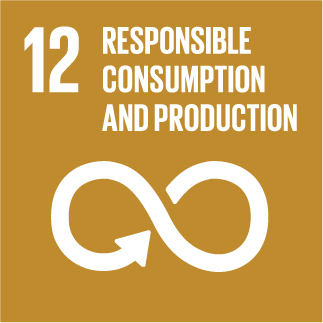Integrated manufacturing of REciclable multi-material COmposites for the TRANSport sector
Novel Insights into Solid?State Batteries Through Phase Modulations: Dielectric Phase and Liquid Crystal Phase
The pursuit of safer, higher?energy?density batteries has positioned all?solid?state batteries (ASSBs) at the forefront of energy storage researches. Overcoming the ionic conductivity and interfacial challenges inherent in solid polymer electrolytes (SPEs) requires innovative phase?level design. This perspective offers new insights into how deliberate modulation of material phases (specifically, the dielectric phase and the liquid crystal (LC) phase) can synergistically guide ion transport and enhance interfacial stability. Dielectric materials, such as poly(vinylidene fluoride) (PVDF), promote salt dissociation and provide intrinsic polarization, facilitating Li? migration. Meanwhile, liquid crystal polymers (LCPs) enable the formation of self?organized, highly ordered pathways that further accelerate ion conduction. By integrating these two concepts, a strategic framework for designing composite electrolytes that leverage both dielectric and mesogenic properties is presented. This perspective not only bridges fundamental material properties with electrochemical performances but also opens a new avenue for developing high?performance SPEs. The strategy of modulating dielectric properties and phase structures provides a fundamental pathway to significantly enhance the performance of ASSBs, leveraging both tailored polarization and organized ion?conduction networks.All?solid?state batteries (ASSBs) are widely regarded as one of the most promising candidates for next?generation energy storage technologies. Among the various components of ASSBs, solid polymer electrolytes (SPEs) have attracted significant attention due to their excellent mechanical toughness, low densities, ease of processing, and good interfacial contact with electrodes. In recent years, liquid crystal polymer (LCP) electrolytes have emerged as a research hotspot. Unlike traditional classifications of dielectric and non?dielectric phases, the unique ordered self?assembled structures of LCP electrolytes can provide highly efficient ion transport pathways. This perspective presents a systematic perspective on regulating the performance of lithium?ion batteries (LIBs) (especially ASSBs) through the synergistic combination of dielectric and liquid crystal (LC) phases. The aim of this work is to offer detailed and timely insight into the advantages and disadvantages of polymers and their composite electrolytes from the perspectives of dielectric and ferroelectric phases, while also evaluating the potential of LCPs from the viewpoints of LC and non?LC phases. By combining the advantages of dielectric and LC phases, this work envisions a future for SPEs where ferroelectric LCPs and their composites emerge as a new class of SPEs.

» Publication Date: 02/11/2025

This project has received funding from the European Union's Horizon 2020 research and innovation programme under grant agreement Nº 768737


